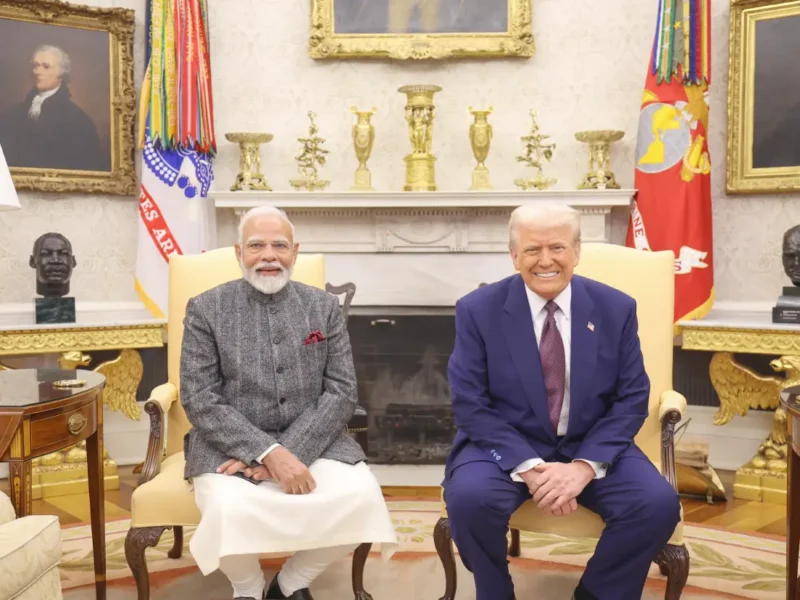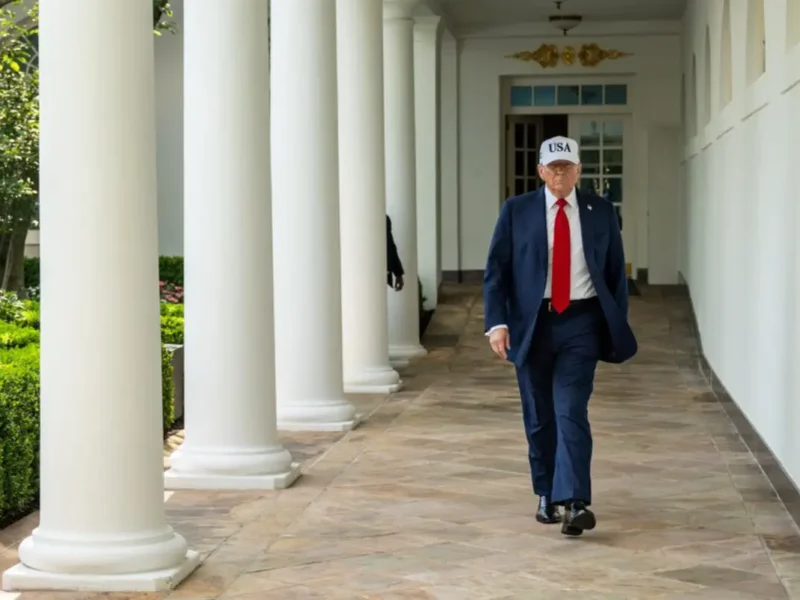
Pride Month: South Asia Traditionally Has Been an Open Society
By CYNTHIA CHOCKALINGAM
Post-colonization, South Asia simply wanted to live up to the “standards” the West had left behind, so communities in South Asia let go of parts of their own cultures and did not keep up either with the beginning of organized LGBTQ+ civil rights movements in the late 1960s and early 70s.
The time of the 70s/80s was also when there were waves of migration from South Asia to Britain. Since the very beginning, South Asians played a critical role in this movement. In 1988, the group Shakti was found, representing South Asian lesbian/gay individuals. That same year, a founding member of Shakti, DJ Ritu, also founded a club: Club Shakti, raising funds for the larger organization and providing a safe space for British South Asian queer people.
In the US, many South Asian American spaces were and are not safe or welcoming of LGBTQ+ individuals. The world’s oldest South Asian LGBT magazine, Trikone, was not founded until 1986.
I contest that accepting queer people is not “progressive” in South Asian history/culture; being part of this community was normal. Hinduism, born in ancient South Asian culture, does not condemn LGBTQ+ individuals. Some scholars argue Shikhandi, in the Mahabharata, is a transgender warrior. As a Bharatanatyam dancer, one of my favorite pieces is Ardhanari—depicting Ardhanareeswara: half man/half woman, half Shiva/half Parvati.
Form shifting is part of South Asian religions. The Lotus Sutra, an Indian-Buddhist scripture, tells the story of Avalokiteśvara, who is associated with Tara, the multi-form female bodhisattva.
Even after homosexuality was made illegal, queerness was not confined to stereotypes. In the 1884 case of Queen Empress v. Khairati, Naisargi N. Dave explains that Khairati was “clearly a habitual sodomite.” The verdict that found him guilty was overturned because of a lack of precise details: “time, place,…other persons involved,” exemplifying that even with colonization, South Asian culture is rooted in questioning gender/sexuality stereotypes.
Source after source says that so much ancient South Asian literature is permeated with queerness; it is difficult to separate and identify the queerness; it’s difficult to compile all queer South Asian literature because there is so much of it.
An LGBTQ+ group that cannot be overlooked is the Hijra, an identity of intersex/transgender people that has existed for over 2000 years. Mughal Empire Muslim leaders were patrons of Hijra. British colonization led to the criminalization of hijras, causing stigma despite their significance.
This long history is a complex one with a complicated set of identities: more so inside India than outside the nation, this is considered a different gender—a third gender—because they are not men becoming women or women becoming men or confining themselves to a box of one gender in any way. They are neither male nor female; they are not transitioning to one either.
Despite the setbacks for Hijras caused by the British, they have won some protections. Starting in 2007: Pant v. Nepal found the third gender would be protected under the same ruling that legalized same-sex marriage. In 2013, Bangladesh legally recognized people who identified as a third gender. The following year, the ruling from National Legal Services Authority (NALSA) v. Union of India paved the way to legally recognizing the third gender; this meant “sex” based protections are not exclusively for protections for biological characteristics—but also for self-perceived gender identity. Today, there are over half a million Hijras in South Asia.
Queerness in South Asian cultures cannot be denied. Nonetheless, we cannot deny the homophobia and discrimination clearly present within the culture today and for many centuries past. As South Asian Americans, us “liberal” and “progressive” kids often want to embrace the diversity and open-mindedness of our heritage; in this process, we cannot overlook the damage caused by our ancestors and our families and friends—and ourselves—resulting in damage towards queer South Asians and South Asian Americans today.
It is common to hear uncles and aunties tell us stories of intersex and transgender gods but turn away from LGBTQ+ South Asian American individuals. We cannot embrace the commonplace of queer South Asians as just history; we must embrace it as part of our culture that will and should exist forever.
(Chockalingam is Civic Engagement Coordinator with SAN, Artesia, CA)




